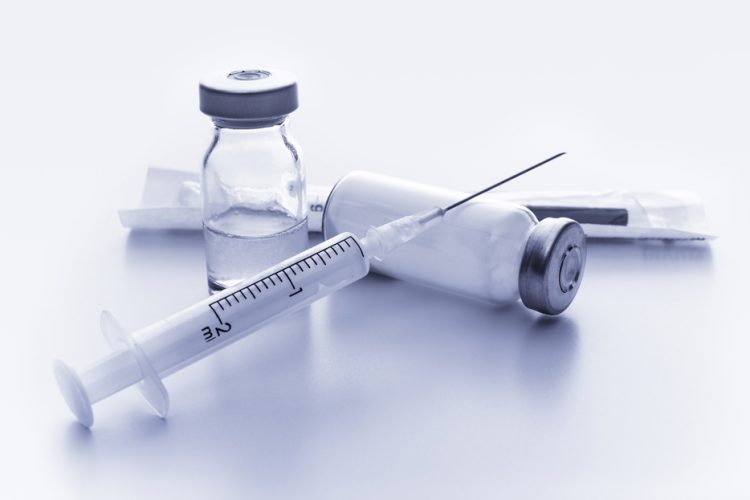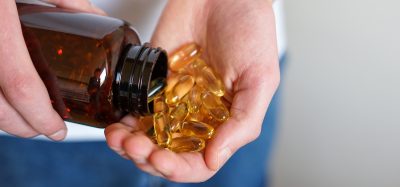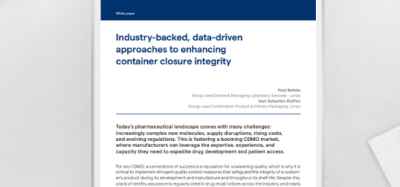Improved vaccine protects against nine types of HPV
Posted: 7 September 2017 | Dr Zara Kassam (European Pharmaceutical Review) | No comments yet
Scientists have developed an improved vaccine commonly associated with cervical cancer…


The advent of human papillomavirus (HPV) vaccines has significantly reduced the number of those who develop and die from cervical cancer. With a recent international effort to improve the vaccine, the medical community is one step closer to preventing more HPV-associated diseases.
Two existing HPV vaccines, Cervarix and Gardasil, are effective at preventing disease caused by HPV types 16 and 18, while Gardasil also protects against genital warts caused by HPV 6 and 11. However, these vaccines do not protect against all HPV types that are associated with cancer.
Scientists developed an improved vaccine called 9vHPV that targets HPV 16, 18, 6, and 11, and an additional 5 HPV types that are the next most commonly associated with cervical cancer (HPV 31, 33, 45, 52 and 58).
“Based on epidemiological studies, the 9vHPV vaccine could prevent approximately 90 percent of cervical cancer, 90 percent of HPV-related vulvar and vaginal cancer, 70 to 85 percent of high-grade cervical disease in females, and approximately 90 percent of HPV-related anal cancer and genital warts in males and females worldwide,” explained Dr Anna R. Giuliano, Director of the Center for Infection Research in Cancer at Moffitt Cancer Center.
Researchers from 18 countries and 105 study sites conducted a phase 3 study to compare the activity of the new 9vHPV vaccine against the older vaccine that protected against four HPV types (Gardasil). The study randomised 14,215 women 16 to 26 years of age to either 9vHPV or Gardasil, and the study participants were medically followed for 6 years after vaccination.
The study found that the 9vHPV vaccine has long-term activity against HPV infection and disease.
The 9vHPV vaccine reduced the risk of developing HPV 31/33/45/52/58-related cervical, vulvar, and vaginal disease by 97.7 percent when compared to Gardasil, and the two vaccines had similar activity at preventing HPV 6/11/16/18-associated disease. The 9vHPV vaccine was also highly effective at reducing the risk of having HPV 31/33/45/52/58-associated cervical cell abnormalities, biopsies, and definitive therapies.
9vHPV, known as Gardasil 9, became available in 2015 to protect females and males ages 9 through 26 years against HPV-associated cancers and genital warts. Scientists hope its continued use will greatly reduce the incidence and mortality of HPV-associated diseases.
“The 9vHPV vaccine is licensed in over 40 countries for the prevention of HPV-related anogenital cancers and pre-cancer, and genital warts. The results of this study support comprehensive vaccination programs and inform public health decision related to implementation,” said Dr Giuliano.









